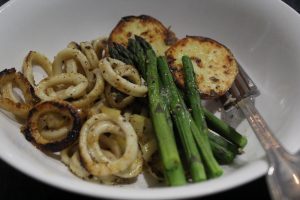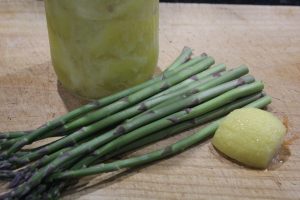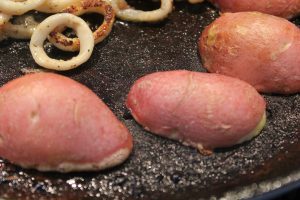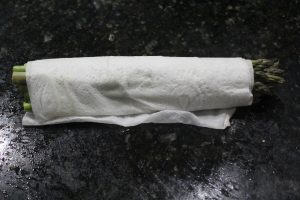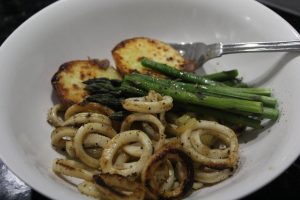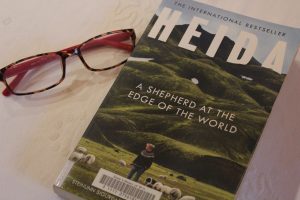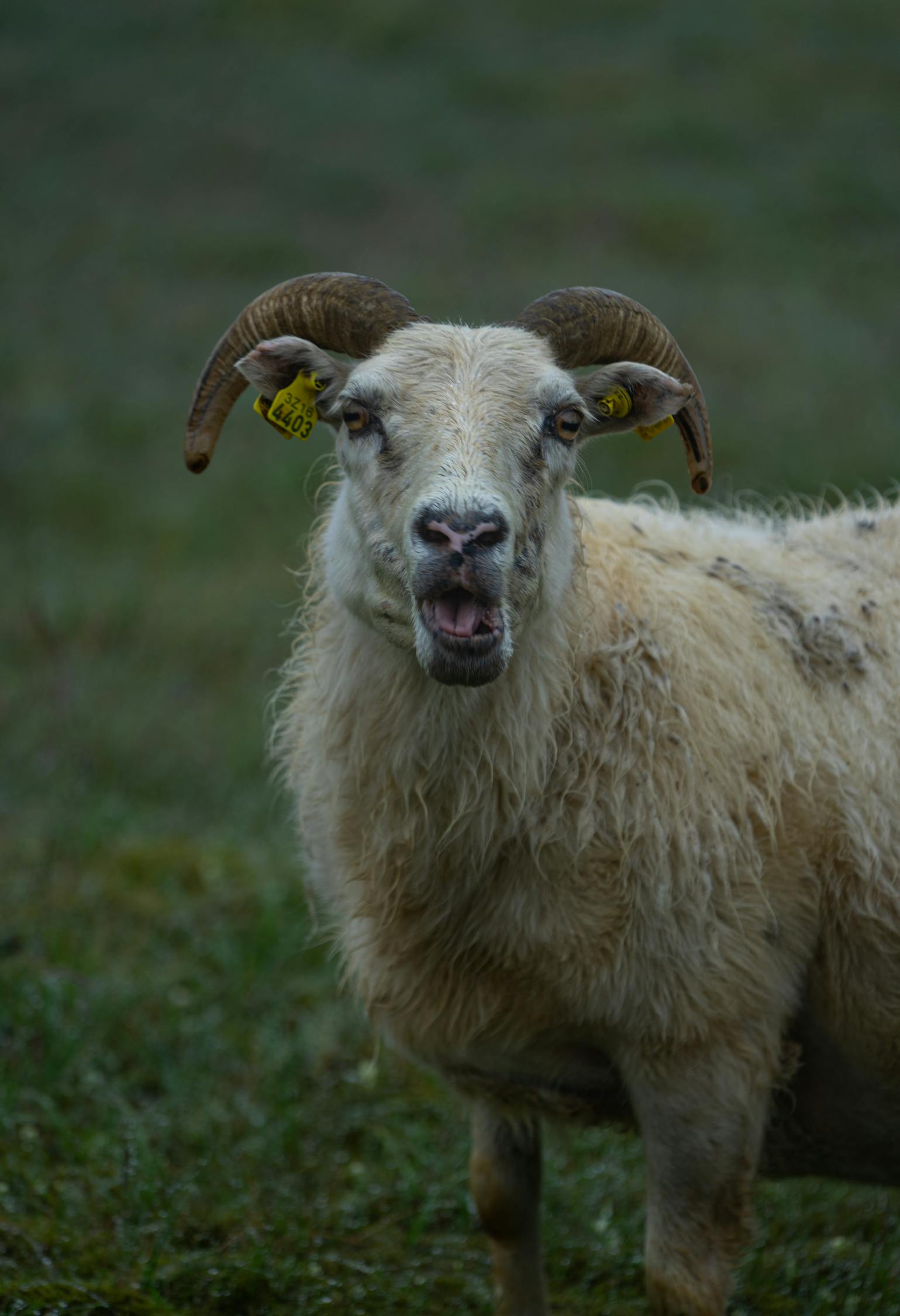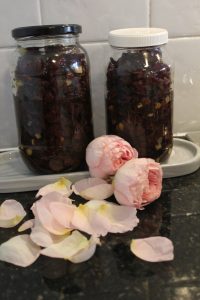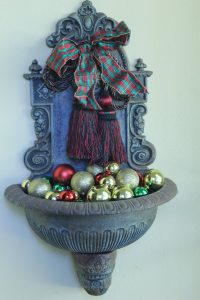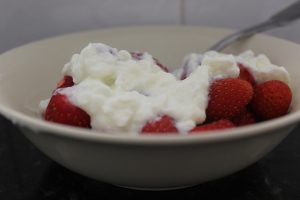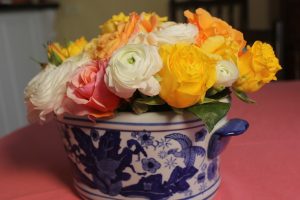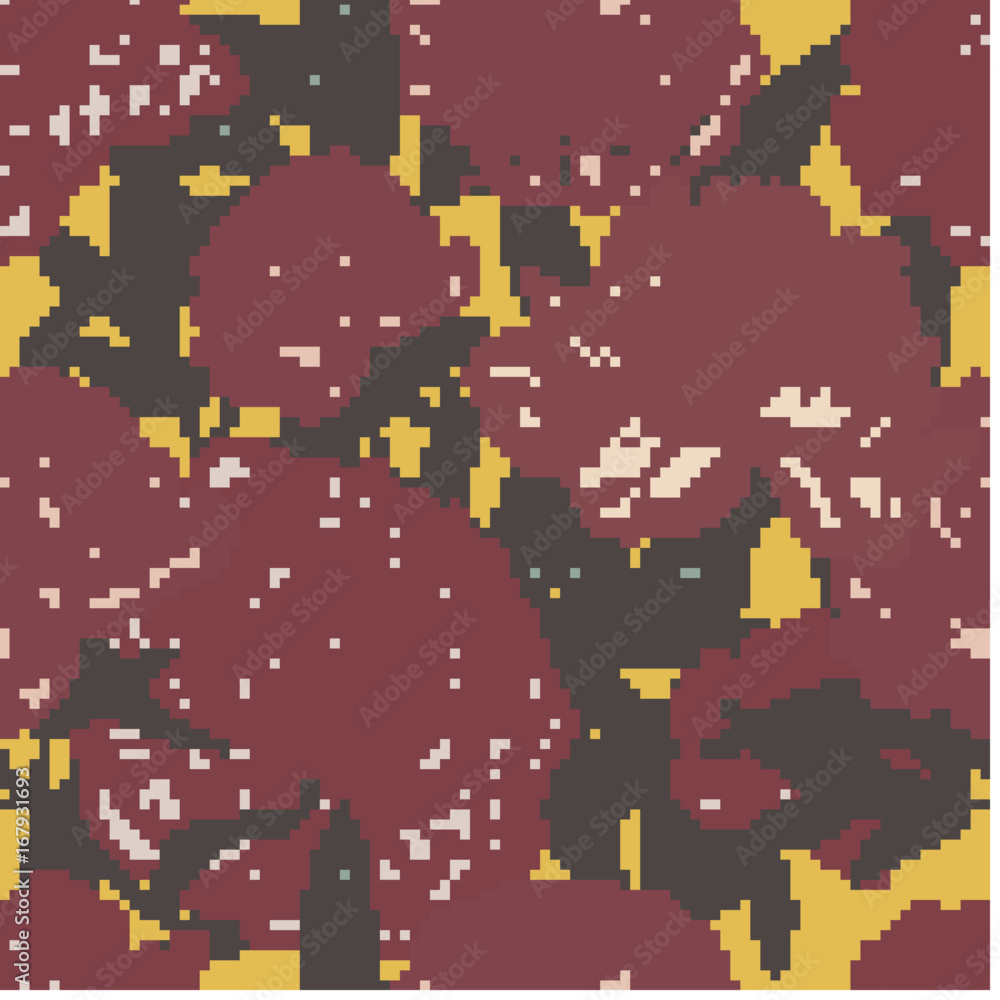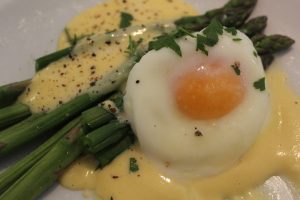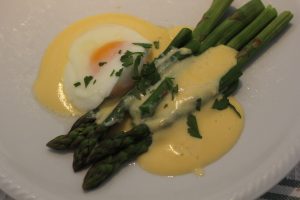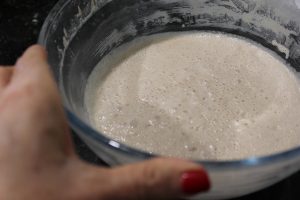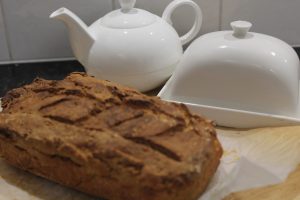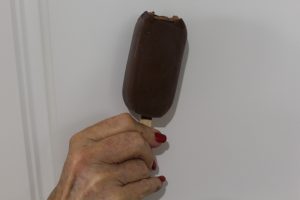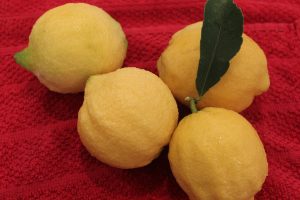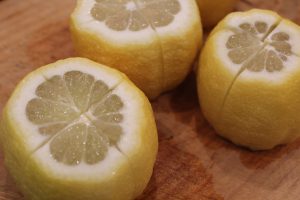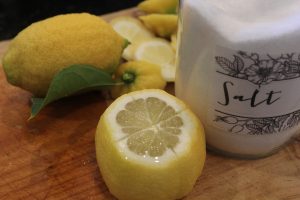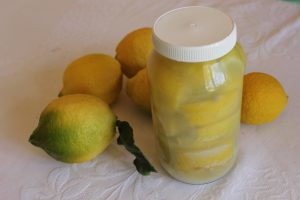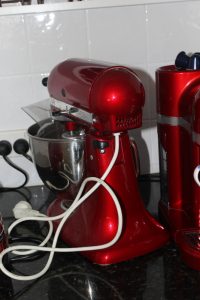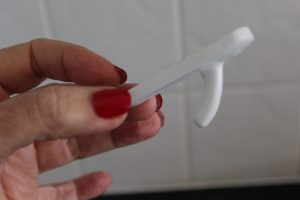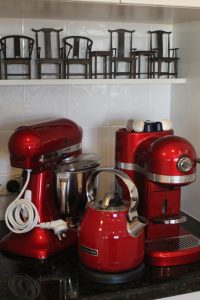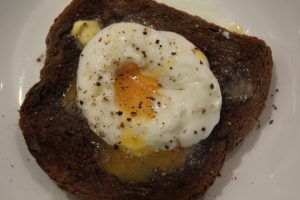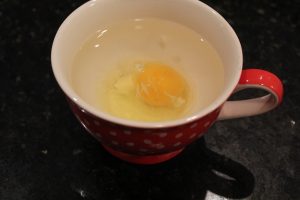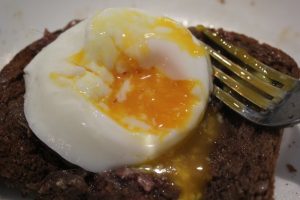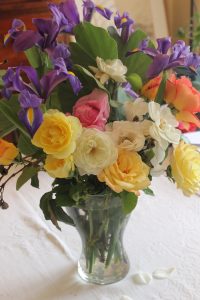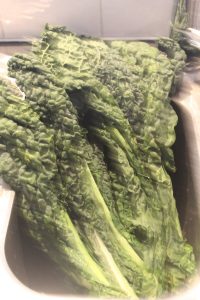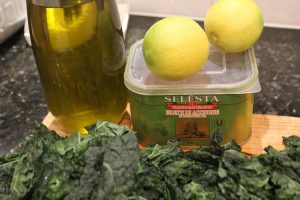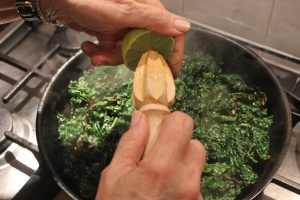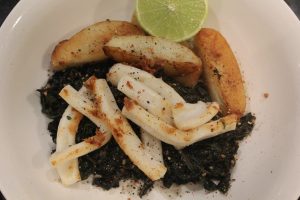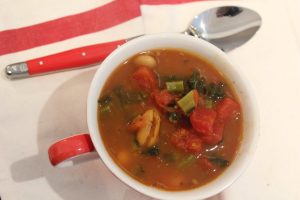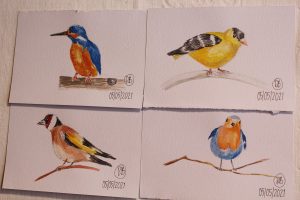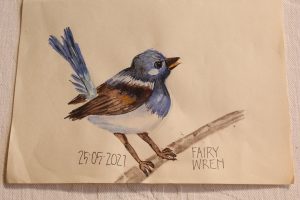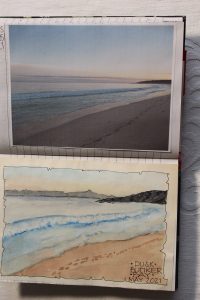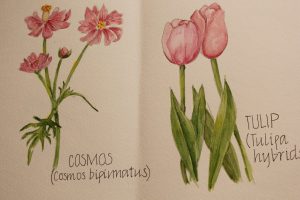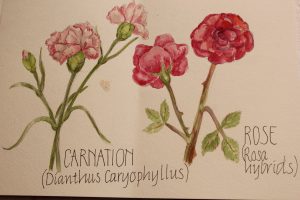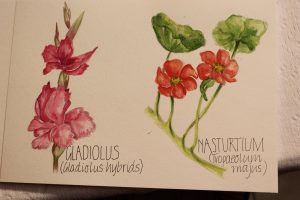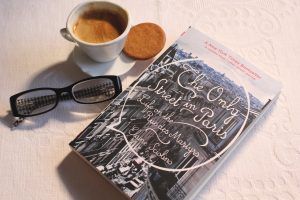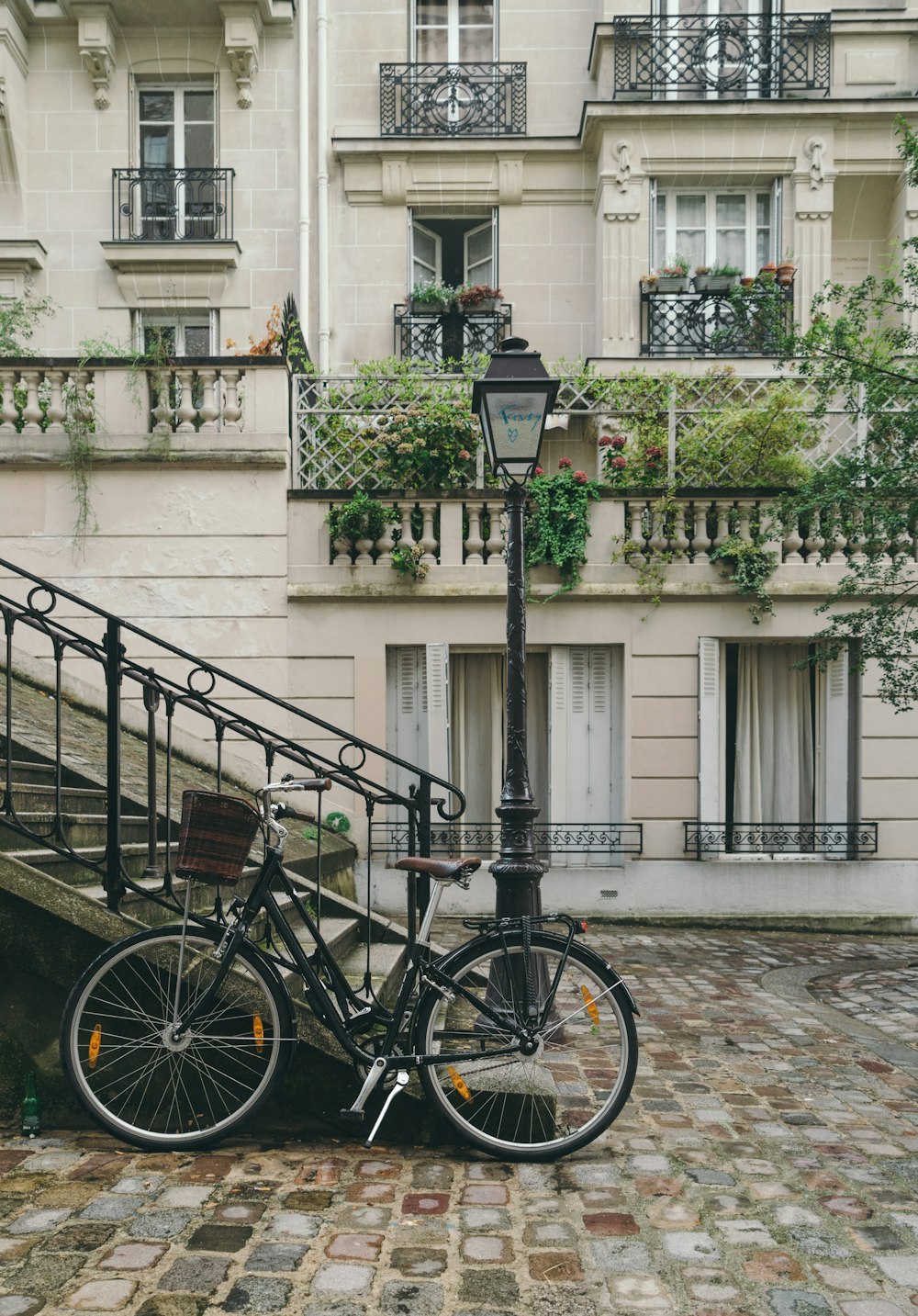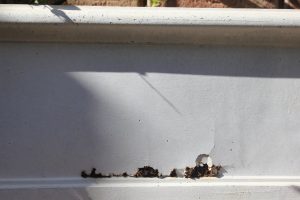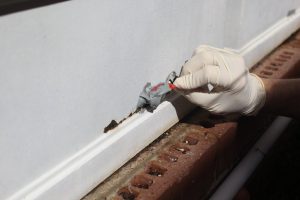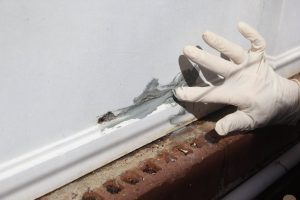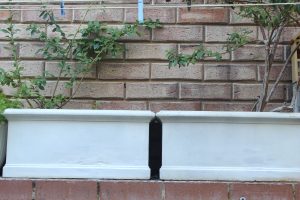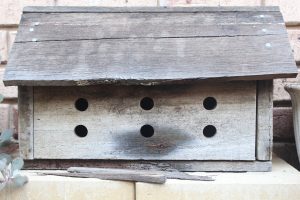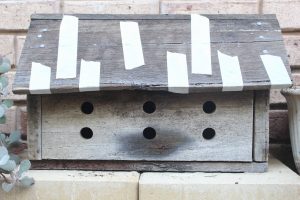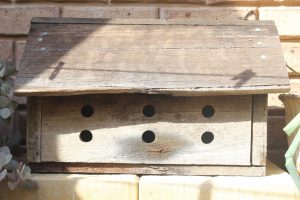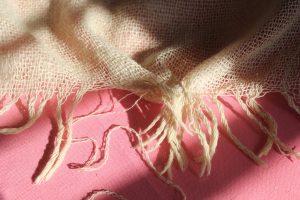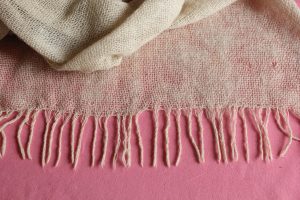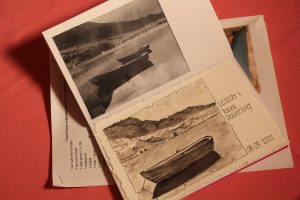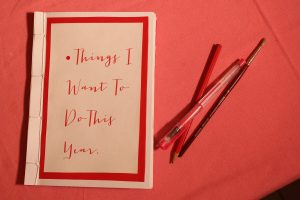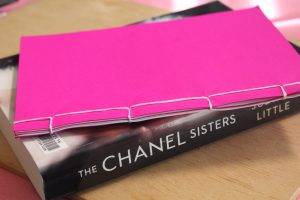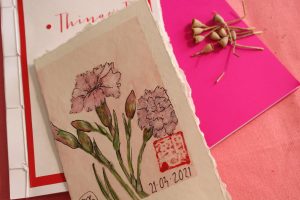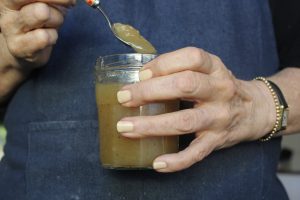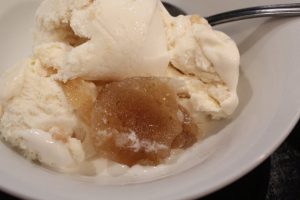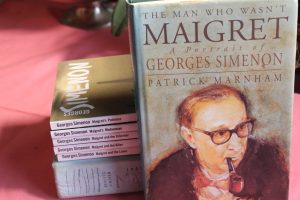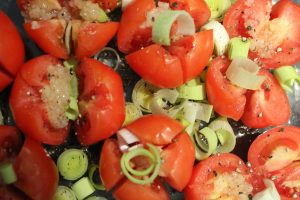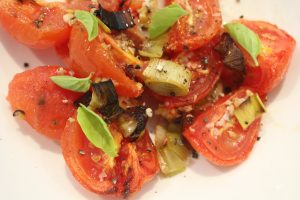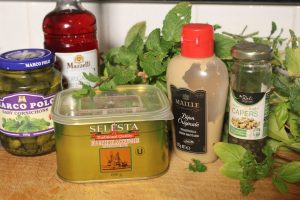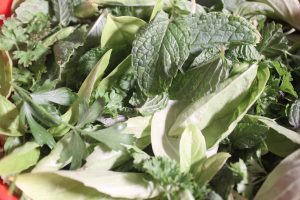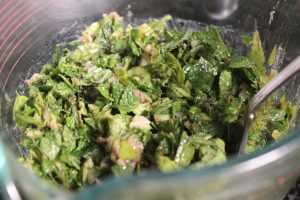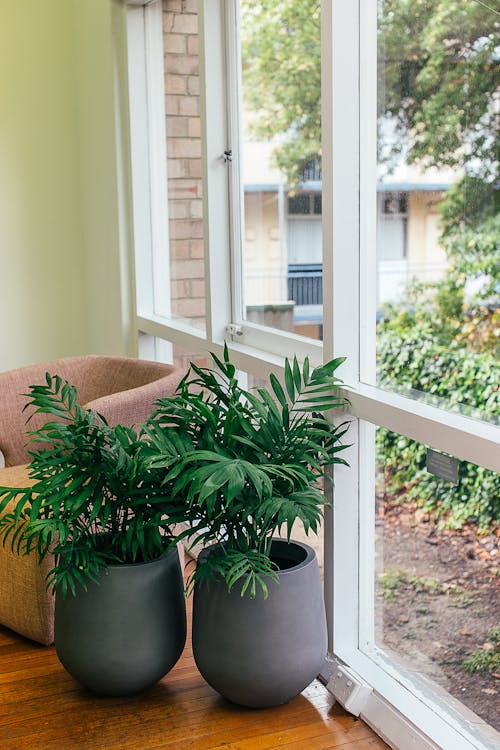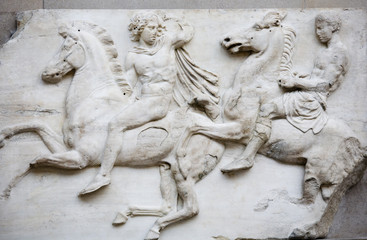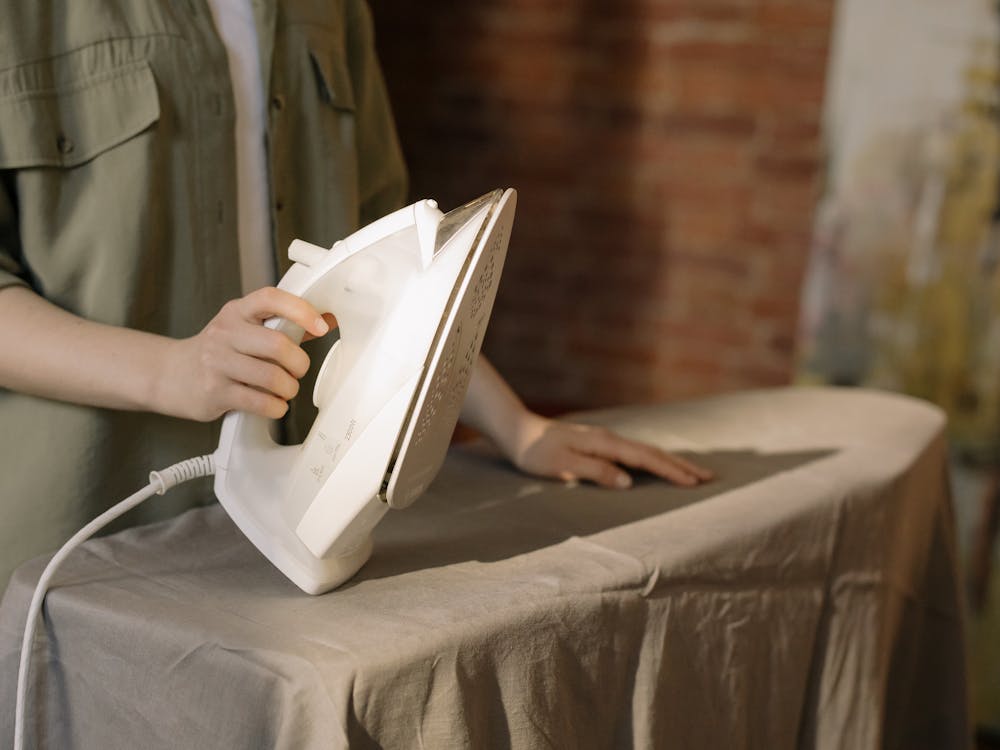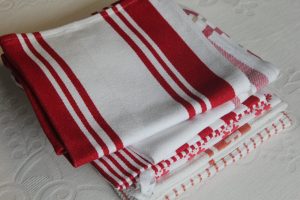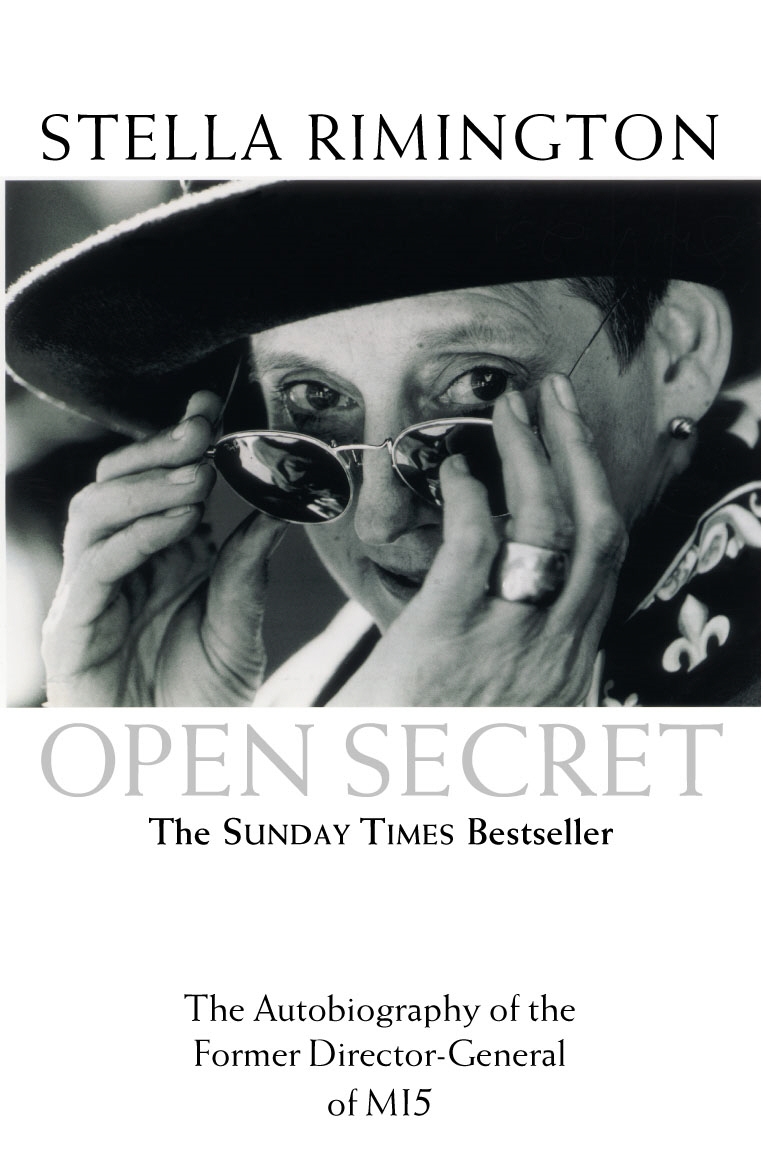It might be the day before Christmas but all is not still in this house! My Mother and our son are staying and I am still running around taking care of Christmas preparations. The Christmas carols CD is on, the oven is on and the heat is high. The cards are mailed and the gifts are wrapped. The fridge is bulging but I know all the food will get eaten.
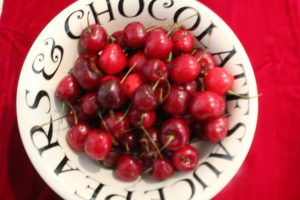

Lots of last minute jobs finally done before the Big Day. Cherries were bought, drinks enjoyed with neighbours, all the plants were watered as it is very hot (42C/108F) and the table is set for tomorrow. No crackers this year as I left it too late to order empty crackers to fill myself with chocolates, scratch and win cards and jokes. I wont be buying crackers with plastic novelties which end up in the bin after lunch!
last minute treats
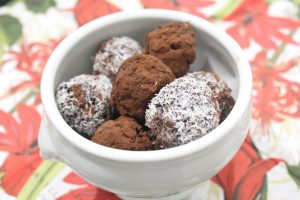

Thinking about a really fast, last minute classic Christmas treat? Me too, so I made Rumballs. All you need is a 250gm packet of plain sweet biscuits crushed using a rolling pin. You can put them in a food processor to crush them but it will result in very fine crumbs and I like a few bigger, crunchy, biscuity pieces in my Rumballs.
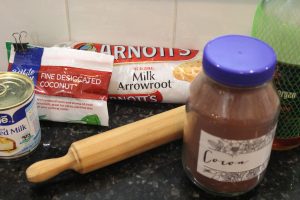

Add a tin of condensed milk, a teaspoon of vanilla and 3 tablespoons of rum to the crushed biscuits. I add half a cup of unsweetened cocoa, too, to make the mixture firm and not too sweet. Mix with a knife. It will feel quite stiff but that means it will roll easily into small balls. I roll them in my hands but there is no way I’m including a photo of that bit as I was covered in Rumball mess!
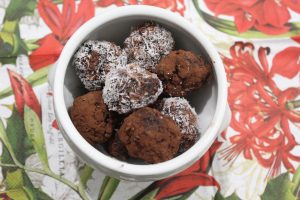

Drop the balls into a bowl of coconut or another bowl of unsweetened cocoa. It took two of us to do this part, one rolling the sticky balls and one dropping them in the coconut or cocoa and then putting them on a lined tray to chill in the fridge. Leave for a few hours then they’re ready to serve. Delicious!
shopping and silicone covers
Wandering around while we were in Kalgoorlie, looking for stocking fillers, I spotted these silicone sheets. The packet said they stretch to cover bowls securely. I’ve tried bee wax covers. I tried bought ones and ones I made myself and they just don’t stay on in the fridge! So I bought these. I currently use silicone bowl covers. Eventually, with constant use, the covers snap and break but they do seal well for freshness.
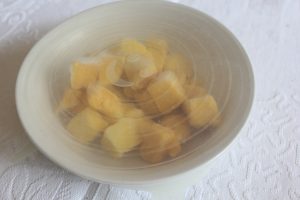

I use these silicone covers all the time. When I saw this packet of three different sized flat covers I bought them. Back to Perth and tried them. They’re useless, they don’t seal at all! They don’t even partially seal.
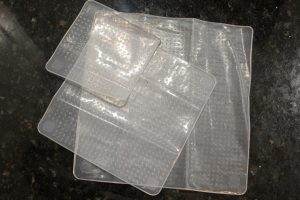

So what was I going to do with three sheets of useless silicone? Well, I cut them into strips and used them as shelf liners in the fridge door where they do a good job!
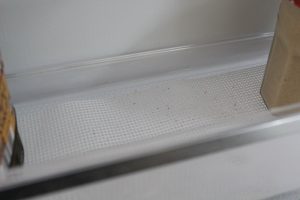

New, useful fridge door shelf liners.
two great books
Very little spare time but I’ve squeezed in two books found on my son’s bookshelves.


The first was Under The Wig. A Lawyer’s Stories of Murder, Guilt and Innocence by William Clegg QC. This case book and part memoir follows the progression of the son of provincial florists who achieved mediocre success at school and went on to be a “squatter” in a London law practice and eventually, became the head of a large London firm.
Clegg write clearly and concisely. He believes everyone should have access to fair representation in court, despite their crime and outlines the consequences to the deep cuts in Legal Aid funding in the UK.
He writes about appealing to the jury and winning the trust of the judge. He seems to have a almost forensic skill for disseminating information and evidence. These are intriguing stories, well written. A good read.


The second book, Hitler’s Horses also relied on collecting, analyzing and acting on evidence. In this case, the Dutch art detective, Arthur Brand had heard a whisper that two bronzes by Josef Thorak made for Hitler had not been melted down and destroyed at the end of the war, but where held by a private collector of Third Reich memorabilia who wanted to sell them.
The Standing Horses are 4.9m (16 feet) high and 10m (33 feet) long but had been carefully concealed since they were spirited away from a secret location in East Germany before the wall fell. Originally they had stood at the front of Hitler’s New Reich Chancellery in Berlin. Brand eventually located the statues and the police retrieved them and other artworks.
This book is translated from Dutch to English and parts of the discovery and retrieval remain secret. At times the story feels awkward but it was a compelling read.
Merry Christmas and
Happy Holidays
to you all!

